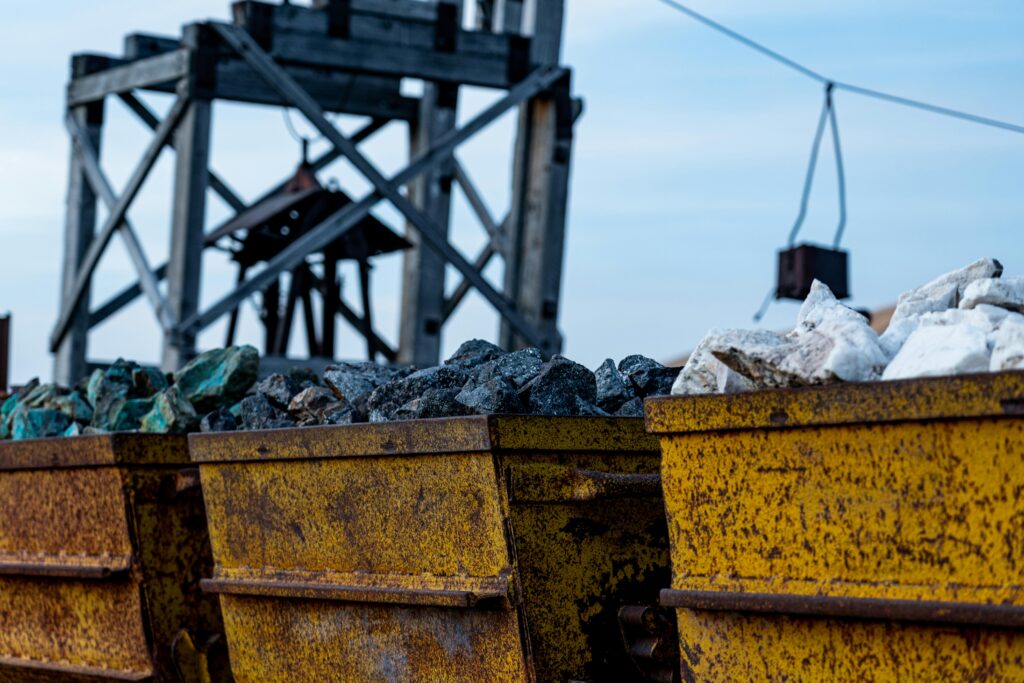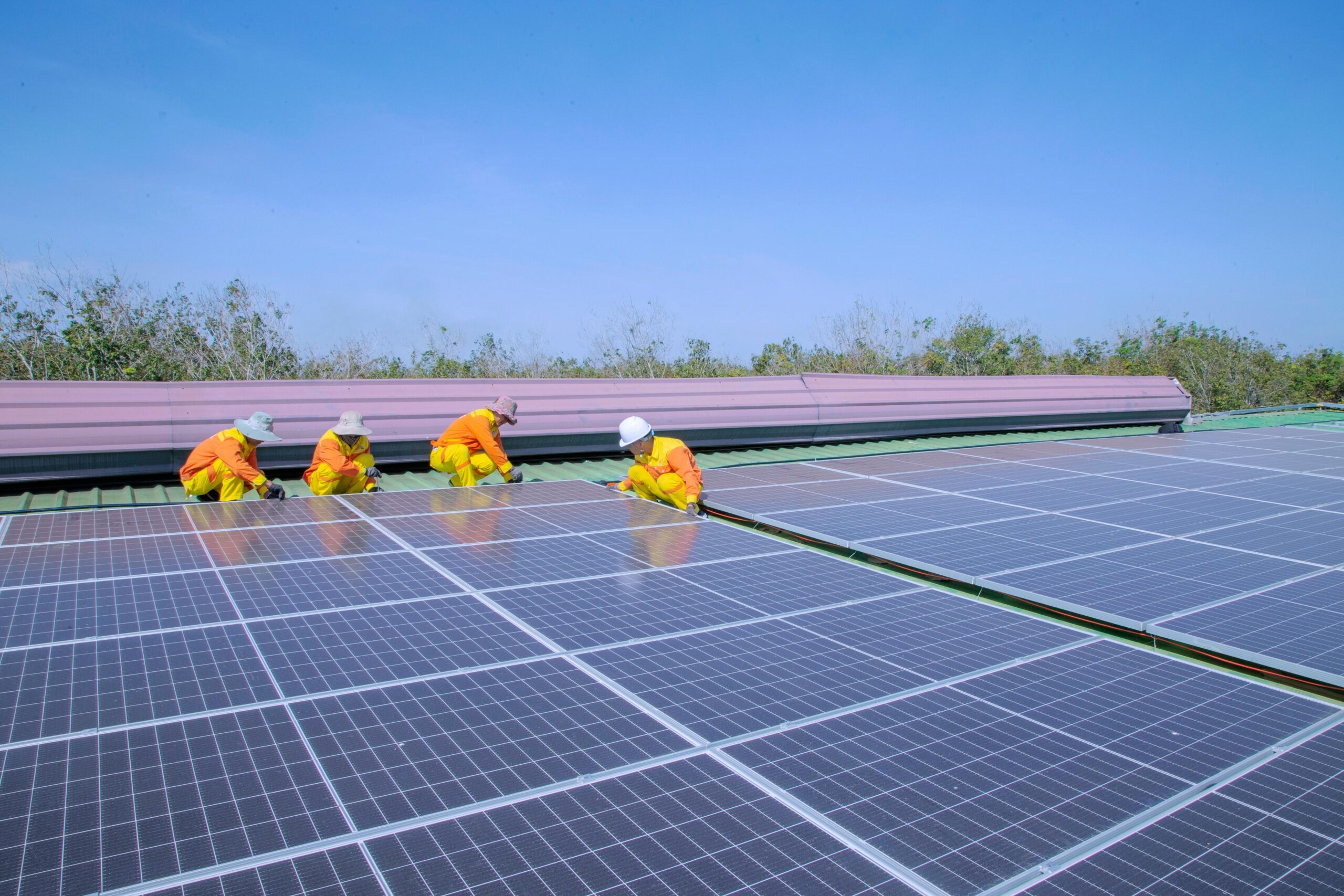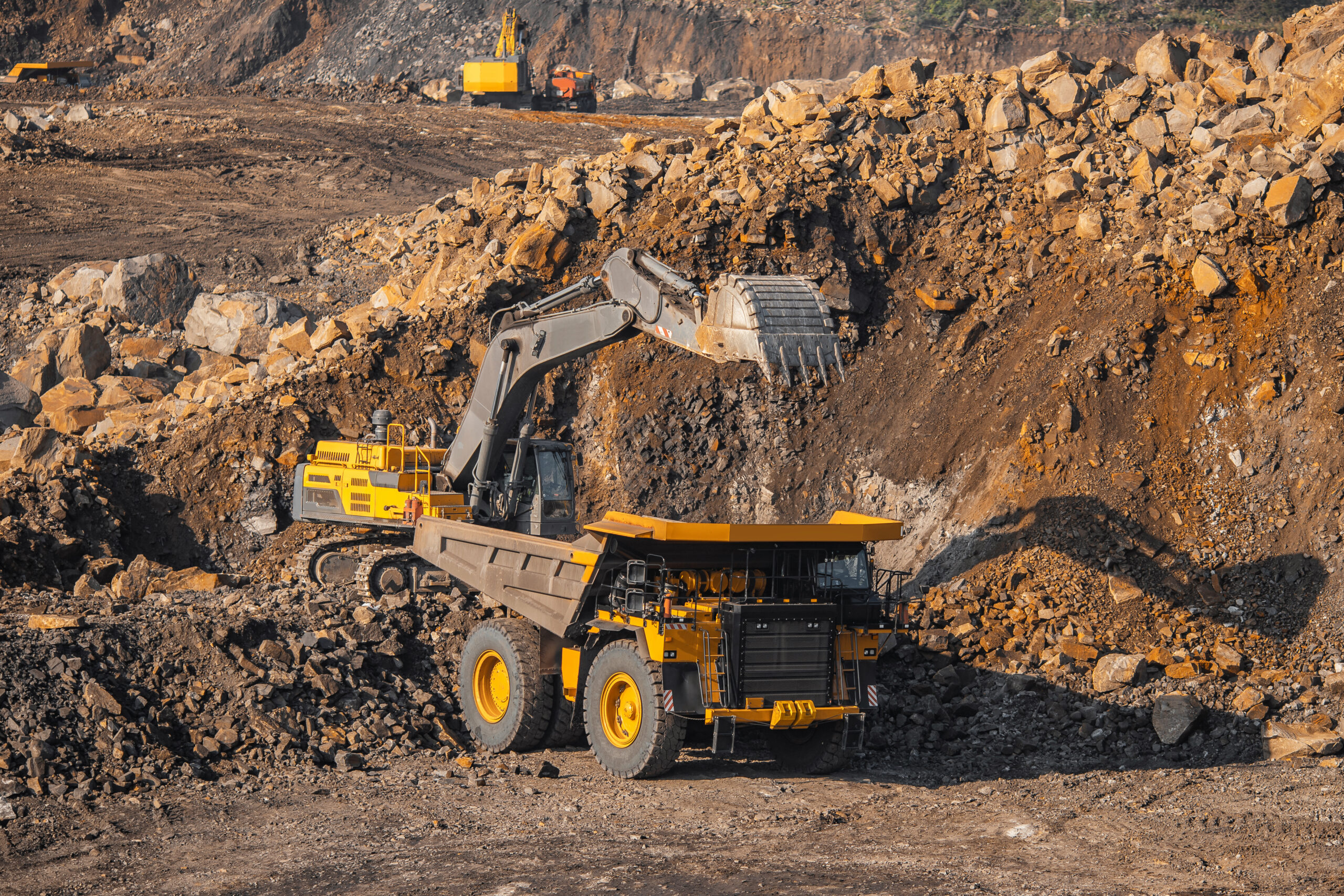Critical energy minerals and the clean energy transition
Critical energy minerals are imperative to the success of the clean energy transition, but what are they and why are they important?

Minerals are the DNA and building blocks of modern human society. They are everywhere – in our homes, phones, computers, buildings and cars.
When it comes to the clean energy transition, it should be no surprise certain minerals are pivotal to renewable energy technologies.
Will solar panels be made without the use of silica? Can energy storage batteries be made without lithium, cobalt, nickel and other minerals. Can wind turbines, hydrogen energy infrastructure and electric vehicles (EV) be built if the right minerals aren’t in supply?
The answer is they won’t.
Minerals critical to clean energy and renewable technology are defined as Critical Energy Minerals (CEM). The CEMs are a specific set of minerals like cobalt, lithium, manganese and others, unique to the development and production of renewable energy technologies. The Australian Renewable Energy Agency (ARENA) recognises CEMs as a key enabler to Australia’s emissions reduction ambitions.
Without supply and sufficient production processes in place to produce CEMs to scale and with low emissions profiles, it could slow down the transition to a net zero economy in Australia and the globe.
Critical Energy Minerals
The Australian Renewable Energy Agency (ARENA) defines critical energy minerals as:
‘a subset of Critical Minerals key to the global energy transition due to demand in tech such as solar, batteries, wind, hydrogen, transmission & distribution, and EVs.’
According to the Australian Government’s Critical Minerals Strategy 2023-2050 , ‘ Australian critical minerals are fundamental to the global transition to Net Zero emissions,’ and the technologies that will be used to get there.

These technologies include solar, batteries and many others relevant to ARENA’s work to support the clean energy transition.
For ARENA, wind is not a priority currently, but there is still an opportunity for Australia to capitalise on global demand for the use of CEMs in the production and maintenance of all renewable technologies.
Take one solar panel for example; the glass requires silicon, and the solar cells require silicon, copper, aluminium and other materials and the wiring needs copper, steel and aluminium. This doesn’t cover, on a global scale, the volume of CEMs required for solar, wind, batteries and other technologies.
The pace of Australia’s clean energy transition will see rising demand for these CEMs across several renewable energy technologies. Global demand will also increase as Australia’s overseas trading partners work to meet their own emissions targets for 2030 and onward.
Projections from a report by the International Energy Agency’s (IEA) titled Global Critical Mineral Outlook 2024, show global demand for CEMS will double by 2030. Demand could be higher if all climate targets remain on track and are met in full, according to the report. For example, estimations for nickel, cobalt and graphite show by 2040 demand could be 20 times higher and 40 times higher for lithium.
For Australia and the globe, CEMs will play a critical role in the success of the clean energy transition and to meet the National Electricity Markets (NEM) demand for electricity.
The problem
Without cleaner production methods to produce CEMs, emissions from the sector could derail climate targets in Australia and globally. Newer methods to setup a low emissions CEM industry are necessary here at home and globally.
A report from the IEA found 37.4 billion tonnes (Gt) of Carbon Dioxide (CO2) would result from the production of CEMs to meet growing global demand—under current emissions heavy processes. This number is 30% of current global emissions and 75 times more than Australia’s emissions. The emissions profile for the CEM industry, underscores the importance to develop and use low emissions processes from start to finish.

Australia also has a significant commercial opportunity it could capitalise on with onshore refining of CEMs. Typically places like China and other countries receive ore from offshore locations and refine and process the minerals. With Australia’s vast mineral resources, and as a top three producer of ore for lithium, cobalt and manganese, the country could perform onshore processes for these CEMs instead of exporting them overseas.
If Australia wants to secure reliable and stable supply of CEMs to meet its emissions targets for 2030 and 2050, it needs to build local resilience and capacity to refine these CEMS. There is also a commercial case for the country to bolster its economy, as refined CEMs sell for more than just the raw mined ore.
The only issue again is emissions.
Figures from the CSIRO’s CEM Roadmap show if Australia refines half of the country’s mined supply today, it will add 20 million tonnes (Mt) of CO2 to its emissions pool.
Demand for CEMs will continue because of its intrinsic role in building renewable technology. A solution to reduce the emissions risk from ongoing demand and production of CEMs must come.
ARENA recently added CEMs within its strategic priority area for low emissions metals. The addition allows the agency to begin to explore decarbonisation solutions for the industry and help in the transition to net zero.
The opportunity
Australia’s vast mineral resources and geography position the country to capitalise on CEMs in line with the global energy transition.
Australia could pioneer the development of emissions free mineral processes, which has not been a primary focus in the public and private sectors.
The country can also utilise its vast wealth of knowledge and expertise in renewable technology and its resources, to become a global superpower.
To accomplish all this, ARENA’s focus is on innovative ideas. The ideas need to provide low emission solutions to complex decarbonisation pathways for industries like CEM. They should also work in other sectors within the agency’s strategic priority areas.
Australia can continue to compete in the global market and keep pace on the road to net zero if it can find a clean way to produce CEMs.
ARENA continues to look for new, impactful ideas to accelerate emissions reduction within its strategic priority areas.
To learn more about ARENA’s CEM focus under the Low Emissions Metals strategic priority explore here – https://arena.gov.au/assets/2024/09/ARENA-Investment-Plan-2024.pdf
To learn how to apply for funding head here – https://arena.gov.au/funding/advancing-renewables-program/

ARENA